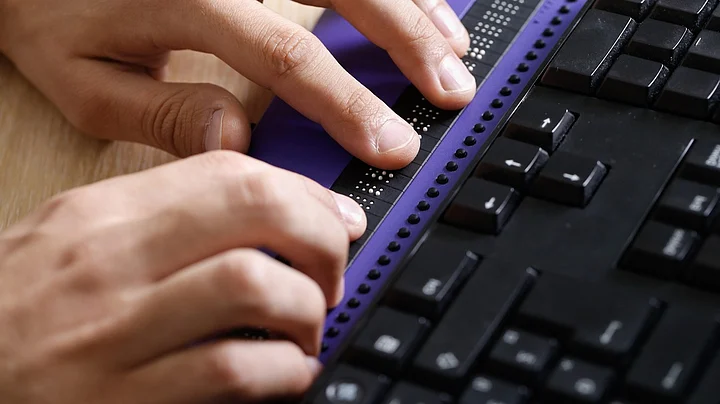Over two decades after the Persons with Disabilities Act 1995, corporate India has mulled over measures for better integration of Persons with Disabilities (PwDs) into the workforce. Sustained efforts are made to create awareness around their challenges, stem ignorance, and design workstations that can enable them to perform at par with their peers in similar roles. But what more can India Inc. do to create a level-playing field?
This International Day For Persons With Disabilities, we examine how we can leverage the benefits of technological advancements to create necessary resources and offer solutions for persons with disabilities.
A Model Example: Accenture’s Accessibility Centre
Accenture’s leadership understood at the very beginning that no two disabilities are the same. Hence, assisting PwDs cannot be a one-size-fits-all policy. Their Accessibility Centre in India is a dedicated space for PwDs with different needs—from hearing and vision impairments and mobility solutions to neurodiversity. At the centre, persons with disabilities can test and use various assistive technologies and ergonomic equipment:
From headsets and speech-to-text technology that help persons with hearing disabilities participate in conference calls
To keyboards that make typing easier for persons with vision impairment
Motorized wheelchairs that help our people with physical disabilities get around the office and more
Speechify Text Reader For Those With Dyslexia And ADHD
Speechify Text Reader helps people with reading and learning disabilities such as dyslexia, ADHD, and low vision. It enables people to consume their reading content. Speechify Text Reader turns anything into an audiobook that helps people with disability to focus and retain more info.
Lookout: An App For People With Low Vision
Lookout is an application that uses computer vision to assist people with low vision or blindness. Available in more than 20 languages, the app uses your phone’s camera to get more information about the world around you and do daily tasks- everything from sorting e-mails to telling you about your whereabouts.
Conversational AI For People With ALS
People who have Amyotrophic Lateral Sclerosis (ALS) often have slurred speech. Most of the existing AI systems are capable of serving people without speech impediments. This is because systems are trained on voice data from those without any speech difficulty or accent.
Such applications and AI-backed technological interventions have the power to shift the dial on Disability Inclusion in the workplace. But organisations must also be mindful that the implementation and execution is Responsible, Accessible, Inclusive, Secure, and Ethical. So that they can RAISE and improve the quality of the lives of persons with disabilities.
